- Home
- Camino Finisterre
Jump to Camino Finisterre and Muxía Stages
The Camino Finisterre and Muxía ~ Pilgrimage to the Ends of the World
Last updated:
Disclosure: the PilgrimageTraveler.com is an associate of Booking.com, Roamless, and Amazon. As associates of these merchants, we earn from qualifying purchases from our links.
What awaits beyond Santiago? The Camino Finisterre and Camino Muxía offer journeys to the very edge of the medieval world! These are ancient, dramatic coastal pilgrimages to what was once the "End of the World."
Because Finisterre was considered to be the end of the known world in the Middle Ages, it held special spiritual and physical significance.
You too can feel the unique spiritual and physical energy that has drawn pilgrims to Finisterre and Muxía for centuries. And this energy continues to survive to this day...
"Sometimes we are called to dance on the wild edges of our lives and discover something new, or we have a sense that our lives have grown too small so we need to confront our fears of what is unknown, we need to welcome in strangeness to crack open unfamiliar parts of ourselves and of God." ~ Christine Valters Paintner, on Pilgrimage
🙋♀️ Why Trust Us at the Pilgrimage Traveler?
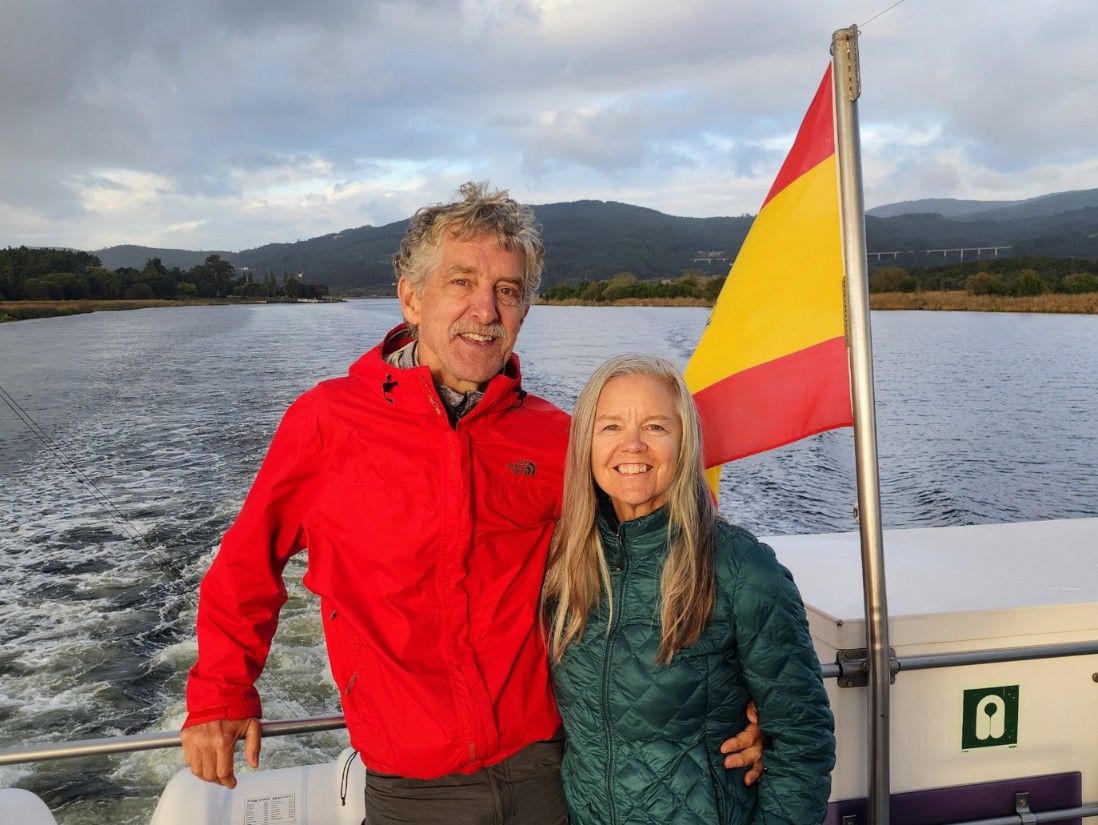
We’re not a travel agency ~ we’re pilgrims, just like you.
We've walked Pilgrimage Routes Across Europe!
💬 We’ve:
- Gotten lost so you don’t have to. 😉
- Followed yellow arrows in the glowing sunlight, the pouring rain and by moonlight. ☀️🌧️🌙
- Slept in albergues, hostels & casa rurals. Ate and drank in cafés along the way. 🛌 😴
- Created comprehensive and downloadable GPS maps and eBook Guides, full of must-have information based on real pilgrimage travels. 🧭 🗺️
- Shared our complete journeys, step by step to help YOU plan your ultimate pilgrimage and walk with your own Heart and Soul. 💙✨
Every detail is from our own experiences ~ no fluff, no AI rewrite. Just fellow pilgrims sharing the way. We have added a touch of spirituality, a huge dose of ❤️ and lots of wisdom from the road.
Ultreia and Safe Pilgrimage Travels, Caminante! 💫 💚 🤍
Dancing on Wild Edges
After having completed our Camino Inglés, it seemed only natural to extend our pilgrimage onward via the traditional medieval pilgrimage route from Santiago de Compostela to Cabo Finisterre (Cape Finisterre) and Muxía.
As in the time of the medieval pilgrims, my desire for this part of the journey was part curiosity, part adventure and yes, part spiritual. I felt that I would pay homage by walking in the footsteps of those of another time, another place and another more mysterious faith.
By taking this extension of the Camino, perhaps I would dance on my own wild edges and discover something new!
Camino Finisterre and Muxía eBook Guide
Our Downloadable Camino Finisterre eBook Guide in PDF Format contains all the valuable information from our web pages, for comfortable reading offline and without ads on your personal device. Don't carry a hard copy guide book to increase your pack weight. Use our digital guides on your next Camino instead!
Our ebook guide is packed with frequently updated information, because a digital format is more nimble than hard-copy publishing. Our eBook Guide is unique because we also entertain and immerse you with our story!
We cover the entire circular route to both Finisterre and Muxía so you can choose to go to either or both! Click here for your copy or BUY NOW!
How Long Does it Take to Walk the Camino Finisterre or the Camino Muxía?
Both routes from Santiago de Compostela to the Cape, Cabo Finisterre or to Muxía take only an additional three or four days. It all depends on how many kilometers you are comfortable walking in a day.
And if you desire to walk to both, the extension from Finisterre or Muxía from either town will take an additional day or two. Pilgrims travel in both directions between Finisterre and Muxía as the waymarks show you as you walk.
How Many Kilometers (Miles) is the Camino Finisterre or Muxía?
These ancient medieval pilgrimage routes are both about the same distance, so this should not be a factor in your decision-making. The Finisterre Way is about a total of 90 kilometers (56 miles) and the route to Muxía about 88 kilometers (54.7 miles).
If you want to add either destination on the Finisterre-Muxía extension it will be another 28.2 kilometers (17.5 miles). In fact, as discussed below, you can do a complete loop back to Santiago if you have the time and/or desire!
How Difficult is the Camino Finisterre or the Camino Muxía?
The walk on either of these Camino extensions is more energetic than you might think! At least this was my experience. There are surprising elevation changes, if you jump to the Camino Finisterre/Muxía Stages and view each profile.
If you are doing this pilgrimage after another lengthy Camino de Santiago, you will be already conditioned, so it may not matter as much.
If you are doing the loop alone, be prepared to have strenuous days. Especially if you are walking from Finisterre back to Santiago. The elevation gain after Cée is a dramatic 300 meters (1000 feet) from the sea, over only five kilometers.
This is why I always advise loop walkers to do the loop to Finisterre first, when this elevation change is downhill. The climb up to the same elevation from Muxía is much more gradual and over many more kilometers.
How Busy is the Camino Finisterre and Muxía?
According to the statistics from the Pilgrim's Office in Santiago, less than 1% of all pilgrims walk these routes. In this case, I feel like their statistics are not reliable. Most pilgrims do not collect any type of certificate or Compostela after completing these routes. Their journeys are not recorded.
For sure, these treks are much quieter than other, full Caminos. From my own casual observations, walking them several times is that they are not all that busy. However, we have only attempted them in cusp months, when all the Caminos are quieter.
The pilgrim's office notes that July and August are the busiest months. This is always accepted information, regardless of the accuracy of the actual reported numbers of pilgrims on these Caminos.
What's in a Name?
The dialect of this Northwestern Spanish region or Galicia is called Gallego, which confuses us because Finisterre, or "Land's End" becomes Fisterra in the local dialect. So similar, yet so different! Whichever proper name you use, Finisterre in Spanish, or Fisterra in Gallego, you will be understood.
The Wild Costa da Morte (The Coast of Death)
To add even more mystery and drama to Cabo Finisterre, when you arrive at the End of the World, you arrive on a coastline that is rocky and treacherous, and is known in Gallego as the Costa da Morte, or the Coast of Death. The northwestern coast of Spain, from Finisterre to Muxía is totally exposed to the violent Atlantic ocean. When you see the Costa da Morte coastline, as shown in the photo below, you can understand why so many sailors have perished in the storms that prevail here.
Cabo Finisterre itself, is a wild and unusual place, at medieval Europe's "End of the World" and often at the end of one's Camino. This place is most sacred and unlike any other place that I have visited. It is traditional to come here and reflect on one's journey and to watch the sunset over the dramatic Atlantic coastline.
The bronze boot sculpture, shown below, once an iconic landmark at the far end beyond the lighthouse, is now gone. This was very sad for me to see, so I continue to show my photo of it here.
The goal of the Camino Finisterre, is the lighthouse or faro, shown in the photo, below. If you have gotten your Credential stamped on the pilgrimage along the way, you can get another Compostela here, the Finisterrana, in the lighthouse, documenting your Camino Finisterre.
(If you make it to Muxía, you can also receive the Muxíana completion certificate, in the Muxía tourist office. Some accommodations have them too!)
Jump to Camino Finisterre and Muxía Stages
The Camino Finisterre and Muxía Maps
You have two options to finish your Camino to the End of the World, either to Finisterre or Muxía. The overall mileage to Finisterre is 89.94 kilometers and to Muxía it is 87.75, by my GPS tracks. The Camino to Muxía is a little shorter, by two or so kilometers, but it is truly a matter of preference which end of the world you prefer. So, why not try both?
Here is our Google map of the entire route of the Camino Finisterre, uploaded with our personal GPS tracks. As an added bonus, I have added features to each map, to include accommodations, eateries, fountains, churchs and more, that are useful to the pilgrim. Just click on a feature to see more information, and for direct links to accommodations, etc.
The map below is fully interactive, for your use on this webpage, like a maps-only guide to the Camino!
If you wish to open and retain this map on your own device, click on this Camino Finisterre and Muxía Google sharing link. The map that opens on the device you are currently using will have all these same features you will need to plan a successful pilgrimage!
🌍 Map Like a Pro: Step-by-Step Guide to Using My Interactive Maps*
On a Laptop:
- Initial View: Click "View larger map" (upper-right).
- Re-access: Go to maps.google.com → "Saved" icon (left taskbar) → "Maps" (far right).
On a Mobile Device (Google Maps App - Recommended):
- Initial View: Tap "View larger map" (upper-right). May open in app or browser. Tap "Save" if your browser asks.
- Re-access: Open app → "You" or "Saved" (bottom taskbar) → scroll down → "Maps" (lower right).
On a Mobile Device (Browser):
- Initial View: Tap "View larger map" (upper-right). May open in app or browser. Tap "Save" if your browser asks.
- Re-access: Go to maps.google.com → dropdown under "Google Maps" → "My Maps."
💡 PRO TIP: Using My Interactive Google Map for GPS Navigation
- Jump to this page for downloading instructions.
- Jump to this page for uploading instructions.
*Note that my maps are not offline maps, but you will need to have a data plan for full functionality. However, you can use them offline. For instructions on how to do that, please click here.
Staying Connected with an eSIM:
If your wish is to stay connected and your mobile device supports eSIMs, it’s the easiest way to go. No need to swap physical SIM cards—you just activate a virtual one on your phone. eSIMs let you buy data plans online, so you're connected the moment you arrive. It is so simple!
Why I Recommend Roamless:
I personally use Roamless for its pay-as-you-go model and seamless global coverage. The inexpensive data never expires, making it perfect for long or multi-country trips. Activate it only once and never have to swap physical cards or eSIMs ever again, even when traveling to multiple countries across multiple dates. Find out more by clicking here and be an informed pilgrimage traveler!
Jump to Camino Finisterre and Muxía Stages
Which End of the World? Finisterre or Muxía?
For as many people as go to either Muxía or Finisterre, there are as many opinions on which place is the best, the most authentic "End of the World" or the most spiritual site!
It was fun when we came to Hospital, and the place in the road, below, where the Camino forks and you have to make a choice!
For me, personally, I had to go to Finisterre, the "classic" end of the world from the Middle Ages. However, it only adds a day (28.2 kilometers) to your Camino, if you go to Muxía as well as Finisterre. Or, you can go slowly and break up the Finisterre to Muxía extension by staying halfway in Lires. The walk to Muxía from Finisterre along the Costa da Morte is absolutely gorgeous.
Trust me, you will not regret seeing the most legend-ridden Muxía, where St. James' body is said to have actually arrived by boat to Galicia in a miraculous fashion, set adrift from Rome where he was beheaded.
Muxía is also the final leg of the Camino de Santiago in the movie, "The Way," and in my experience was a more intimate place than Finisterre, and less touristy. However, it truly is a matter of preference and you will not know your preference if you don't see both. I advise you to take the extra day or two if you are able, to see both.
Many pilgrims are walking to Muxía, some starting from Santiago who then go on to Finisterre, and others from Finisterre where they have walked first. The choice is yours, which direction you wish to travel.
Still considering our Camino Finisterre eBook Guide? Would a money-back guarantee and free updates for a full year help with your decision? Click the link in this box, OR BUY NOW. You will not regret reading this comprehensive guide!
Please see my article on Muxía (click the link) and on Finisterre and the Cape to help you make your own decision. I chose to go to both and I do not regret it.
Even better yet, if you have time, why not consider the entire loop, to and from Santiago? I was surprised in my walks to the coast, how many pilgrims were walking backwards towards Santiago. Why not? The medieval pilgrims had no choice in the matter, did they?
Below is the stunning coastline at the point in Muxía and its lighthouse, just beyond the famous Nosa Señora da Barca shrine.
I do hope you choose to continue your Camino de Santiago onward to the End of the World as the medieval pilgrims chose to do so many years ago. May you dance around your wild edges to find a bit more of yourself and give tribute to your personal pilgrimage.
To continue on with me and my personal pilgrimage, go to Day One on the Camino Finisterre to see how mine went!
May you metaphorically burn that which no longer serves you on the rocks at Cabo Finisterre. May you metaphorically build your cross of gratitude and discard your old boots as you watch the sun set on your Camino Finisterre and its amazing lessons learned.
Camino Finisterre and Muxía Stages
Booking.com
Please Consider Showing Your Support
Many readers contact me, Elle, to thank me for all the time and care that I have spent creating this informative website. If you have been truly blessed by my efforts, have not purchased an eBook, yet wish to contribute, I am exeedingly grateful. Thank-you!
Search This Website:
🙋♀️ Why Trust Us at the Pilgrimage Traveler?

We’re not a travel agency ~ we’re pilgrims, just like you.
We've walked Pilgrimage Routes Across Europe!
💬 We’ve:
- Gotten lost so you don’t have to. 😉
- Followed yellow arrows in the glowing sunlight, the pouring rain and by moonlight. ☀️🌧️🌙
- Slept in albergues, hostels & casa rurals. Ate and drank in cafés along the way. 🛌 😴
- Created comprehensive and downloadable GPS maps and eBook Guides, full of must-have information based on real pilgrimage travels. 🧭 🗺️
- Shared our complete journeys, step by step to help YOU plan your ultimate pilgrimage and walk with your own Heart and Soul. 💙✨
Every detail is from our own experiences ~ no fluff, no AI rewrite. Just fellow pilgrims sharing the way. We have added a touch of spirituality, a huge dose of ❤️ and lots of wisdom from the road.
Ultreia and Safe Pilgrimage Travels, Caminante! 💫 💚 🤍
Follow Me on Pinterest:
Find the Pilgrimage Traveler on Facebook:
Like / Share this page on Facebook:
Follow Me on Instagram:
***All Banners, Amazon, Roamless and Booking.com links on this website are affiliate links. As an Amazon associate and a Booking.com associate, the Pilgrimage Traveler website will earn from qualifying purchases when you click on these links, at no cost to you. We sincerely thank-you as this is a pilgrim-supported website***
PS: Our eBook Guide books are of our own creation and we appreciate your purchase of those too!!
Shroud Yourself in Mystery, along the Via de Francesco!
Walk in the Footsteps of St. Francis, and Connect Deeply to the Saint and to Nature in the Marvelous Italian Countryside!
Need suggestions on what to pack for your next pilgrimage? Click Here or on the photo below!
Carbon fiber construction (not aluminum) in a trekking pole makes them ultra lightweight. We like the Z-Pole style from Black Diamond so we can hide our poles in our pack from potential thieves before getting to our albergue! There are many to choose from! (See more of our gear recommendations! )
Gregory BackPack - My Favorite Brand
Do not forget your quick-dry microfiber towel!
Booking.com
My absolute favorite book on how to be a pilgrim:
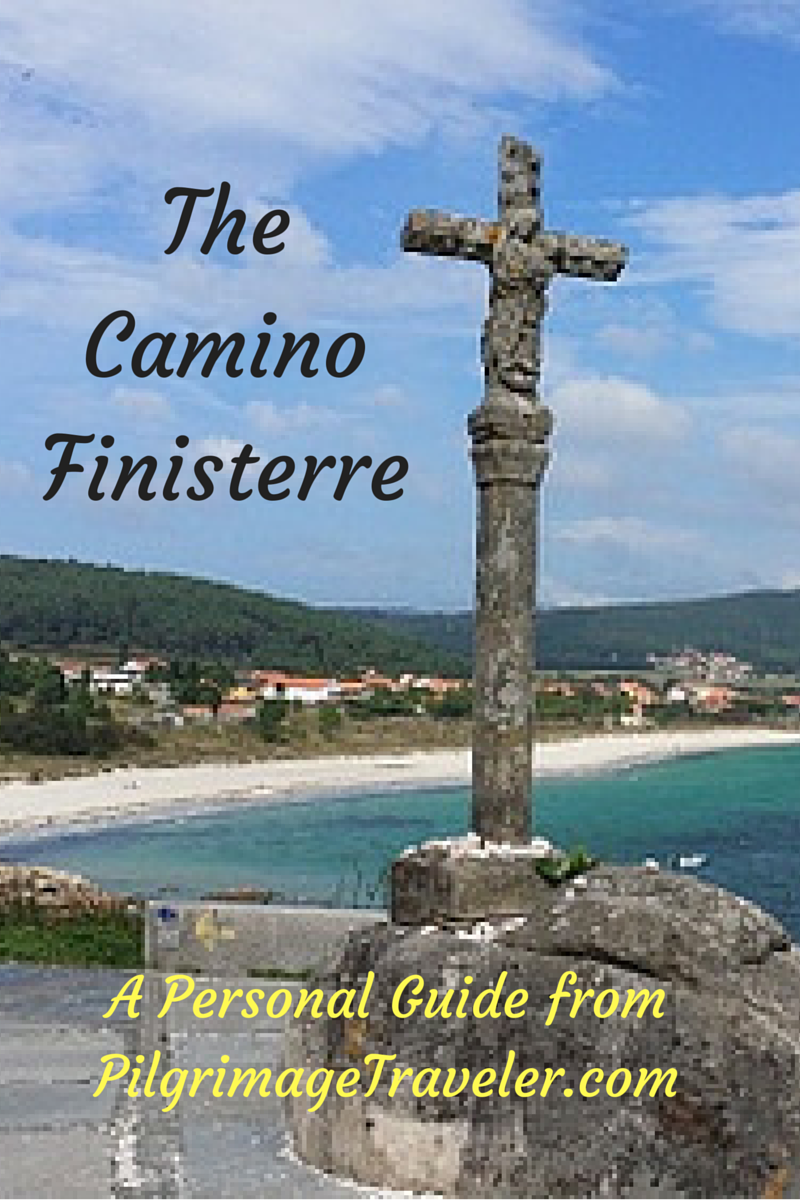
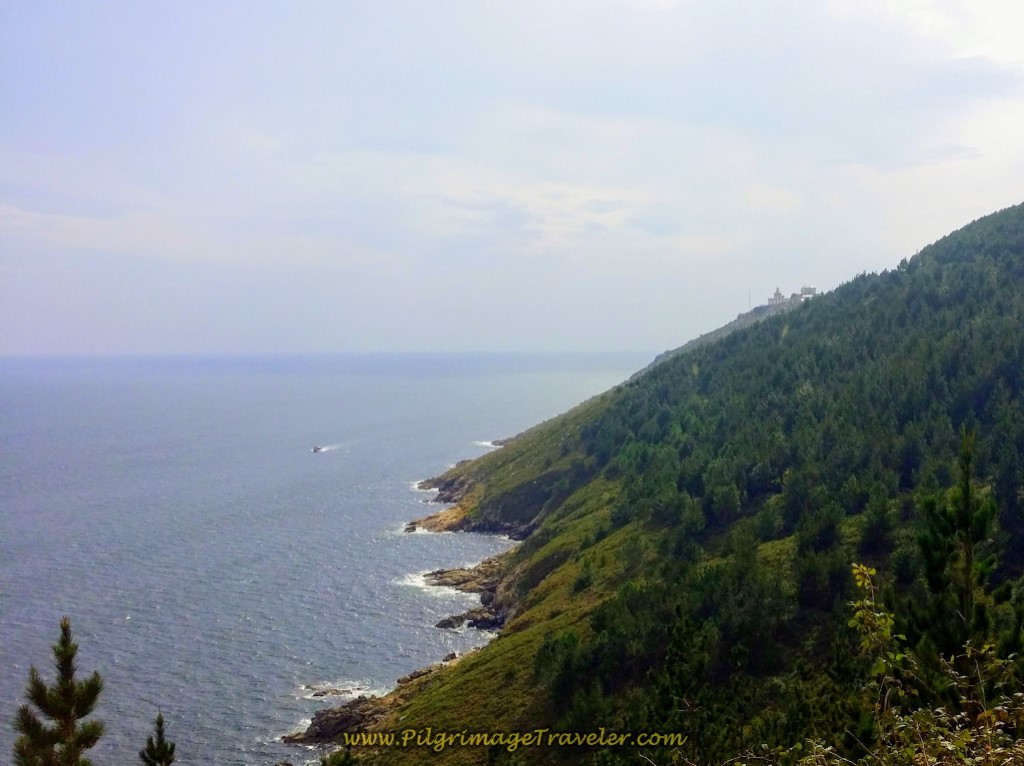
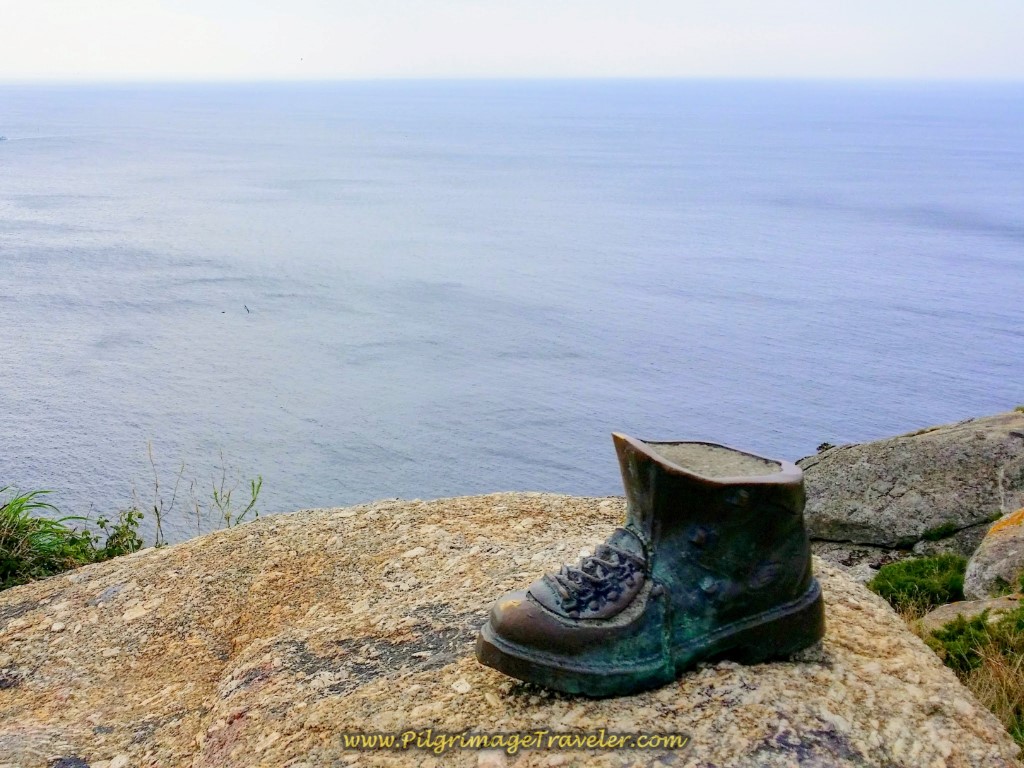
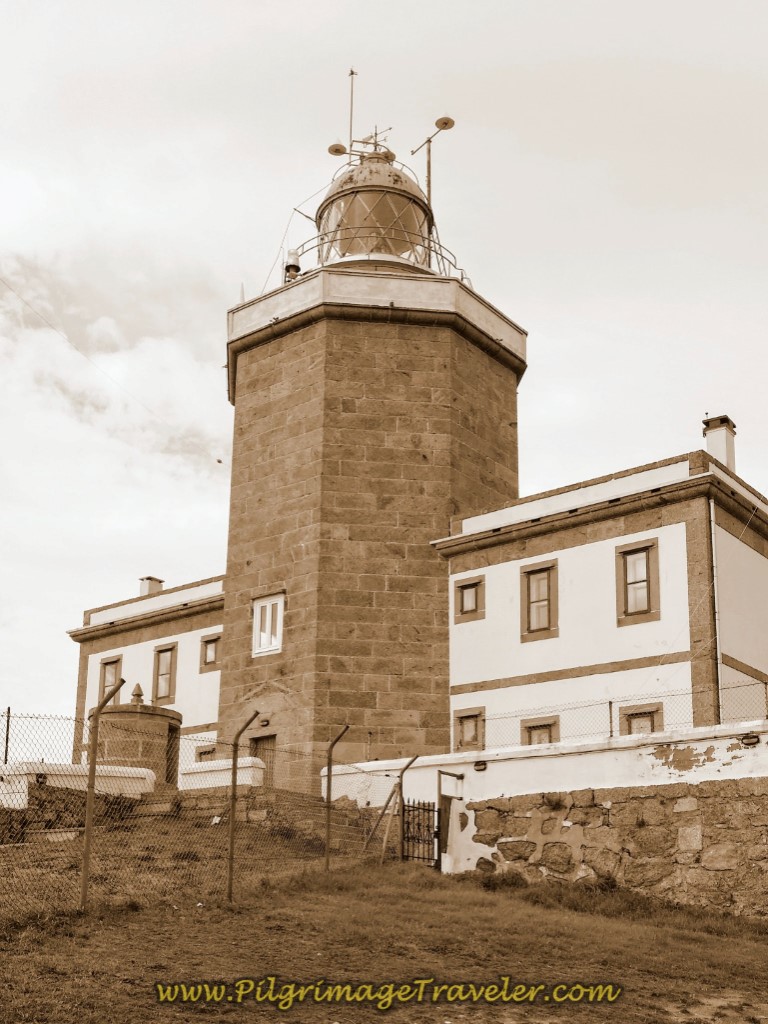
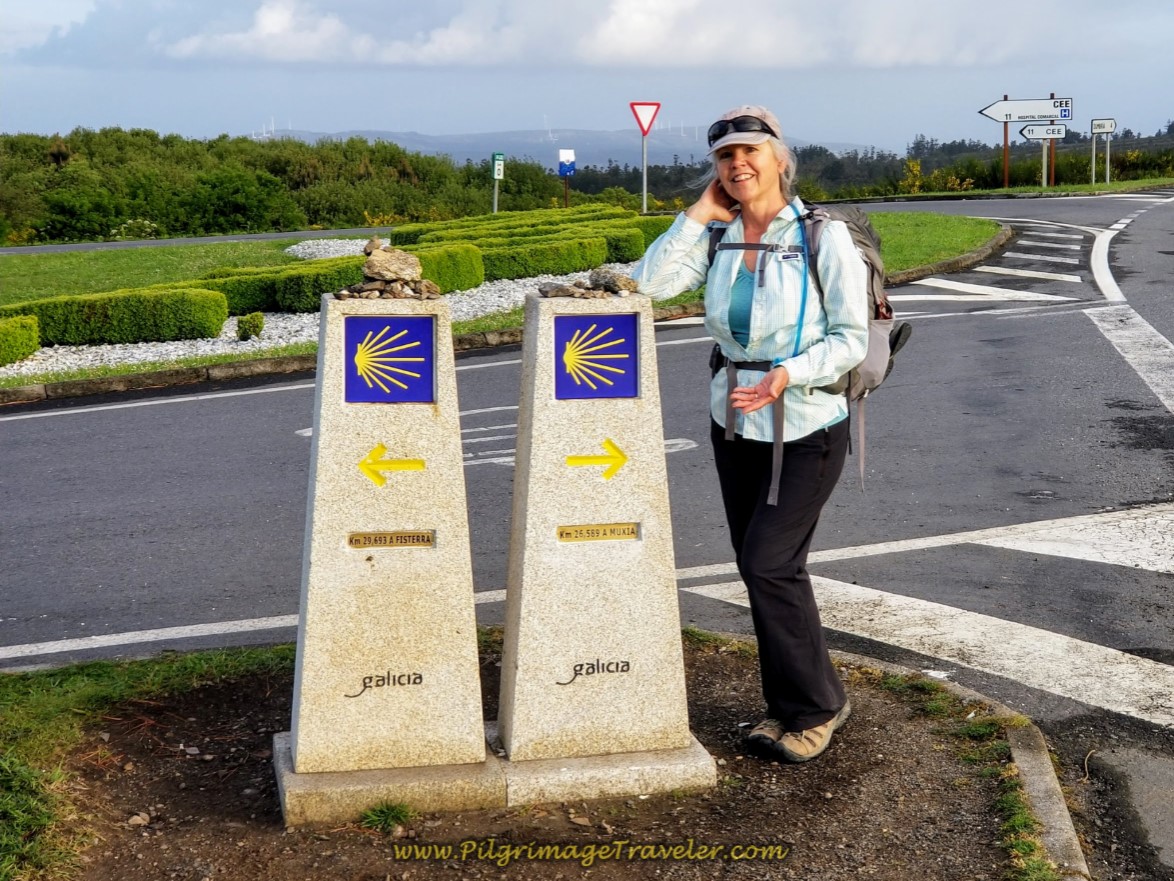
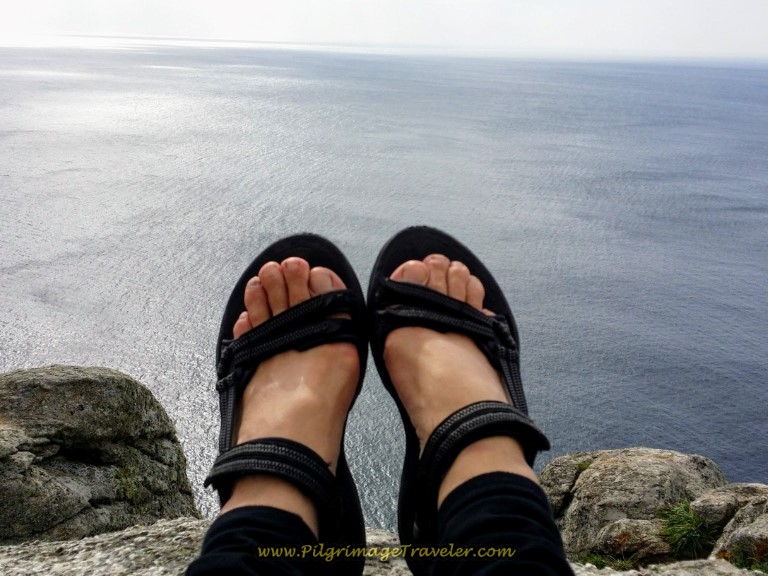
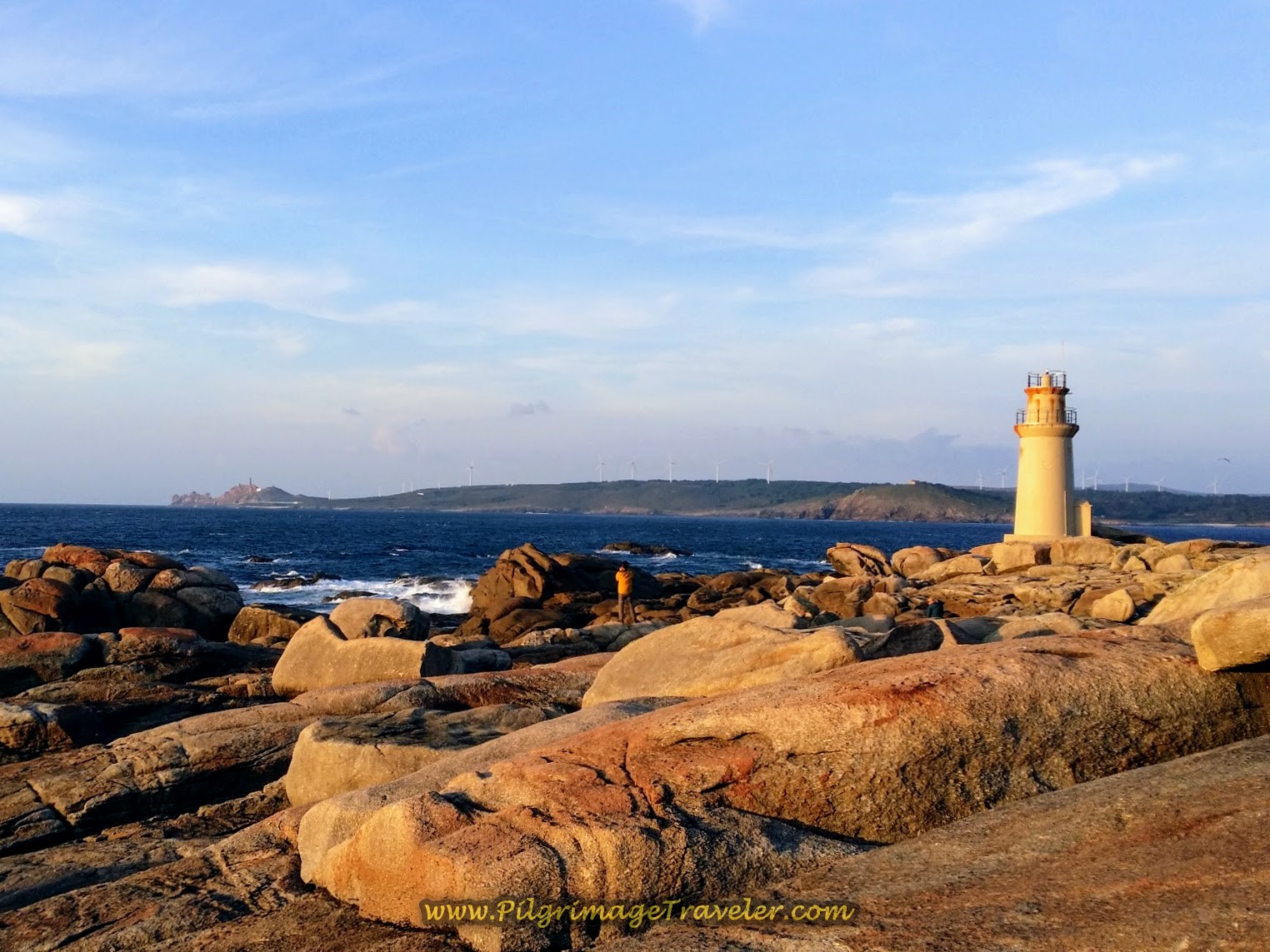
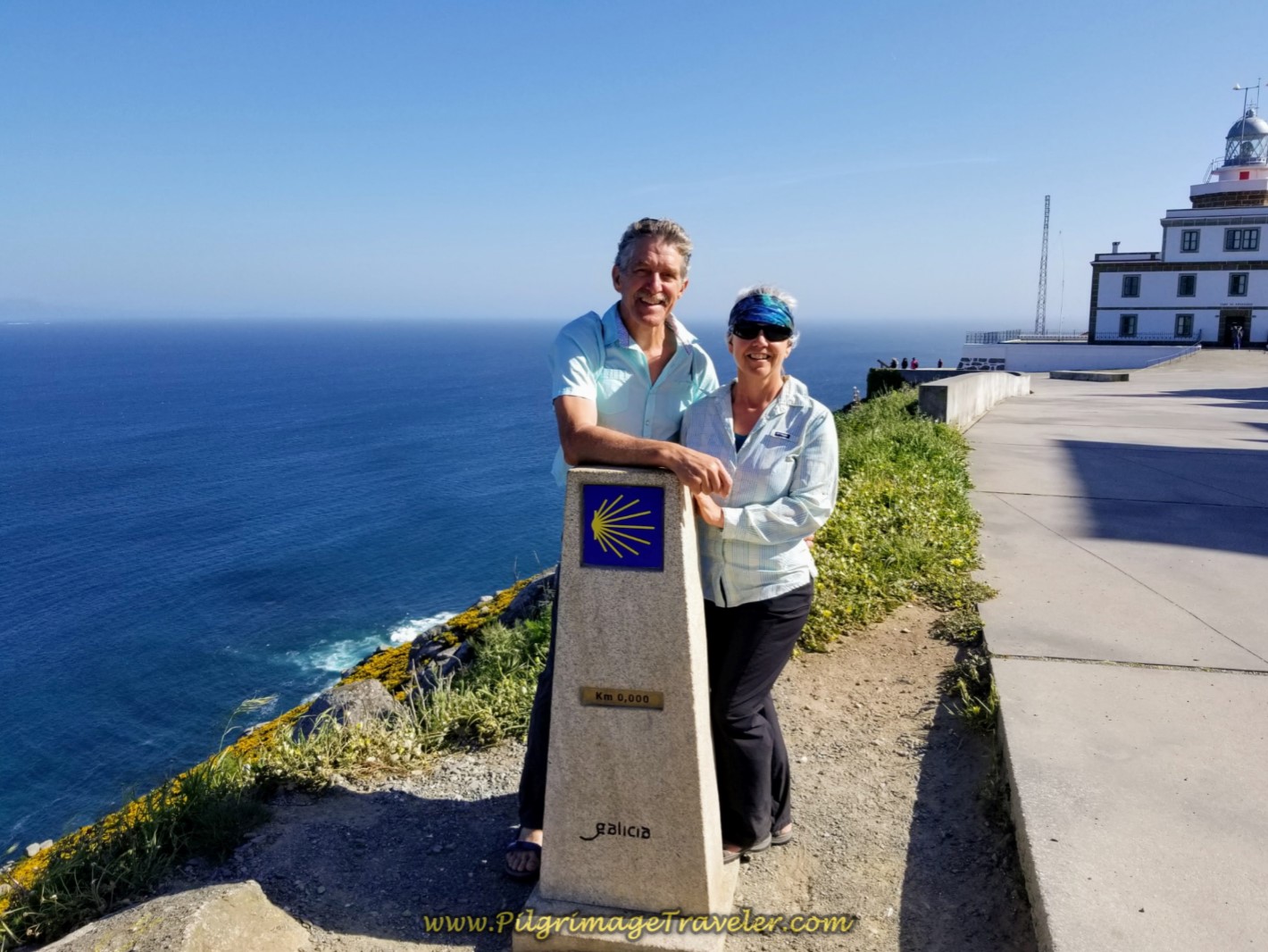
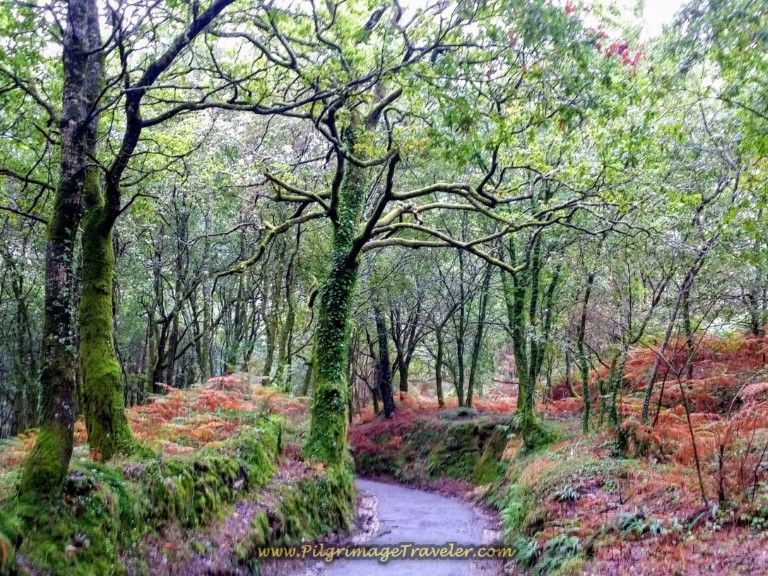
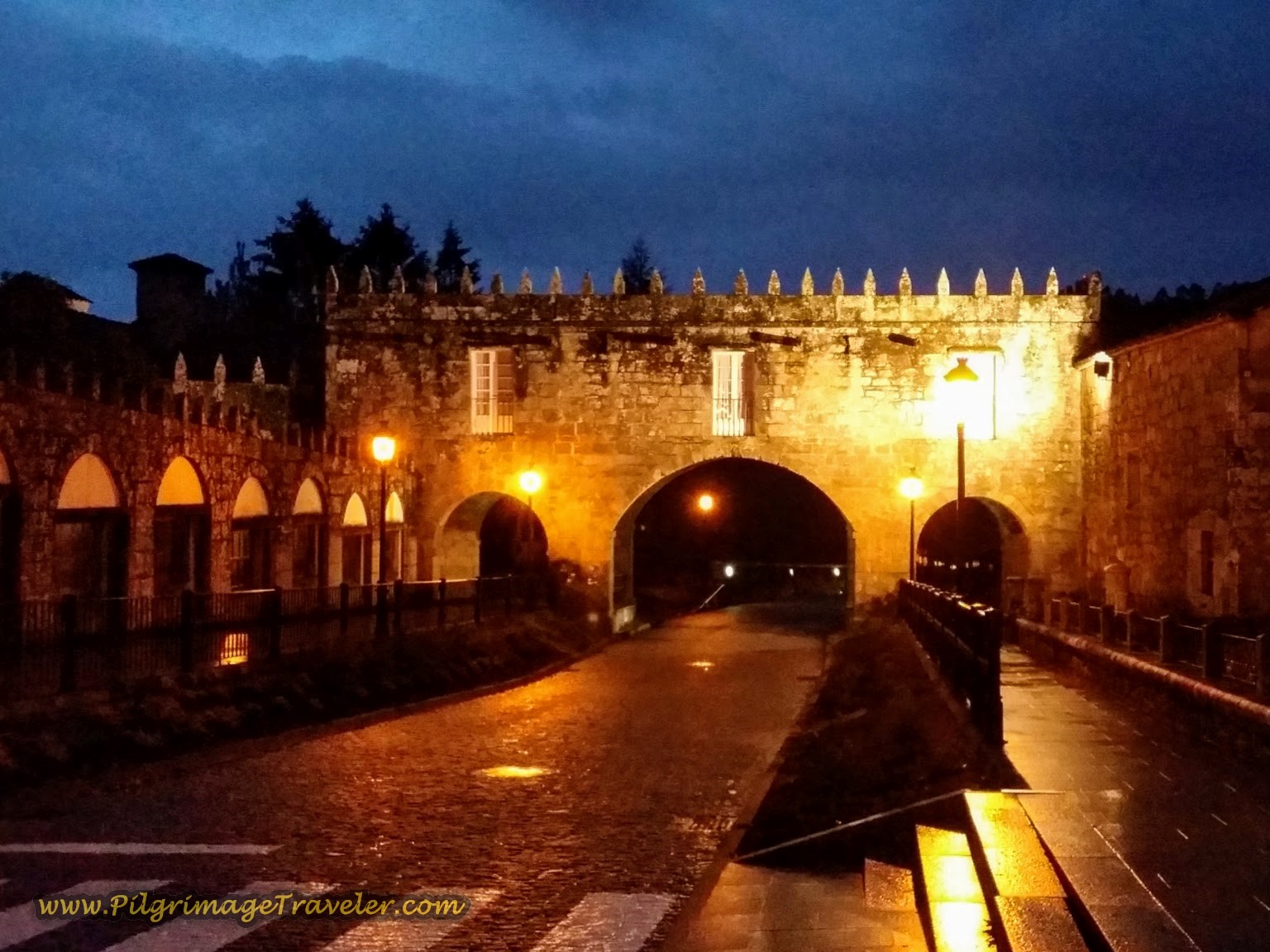
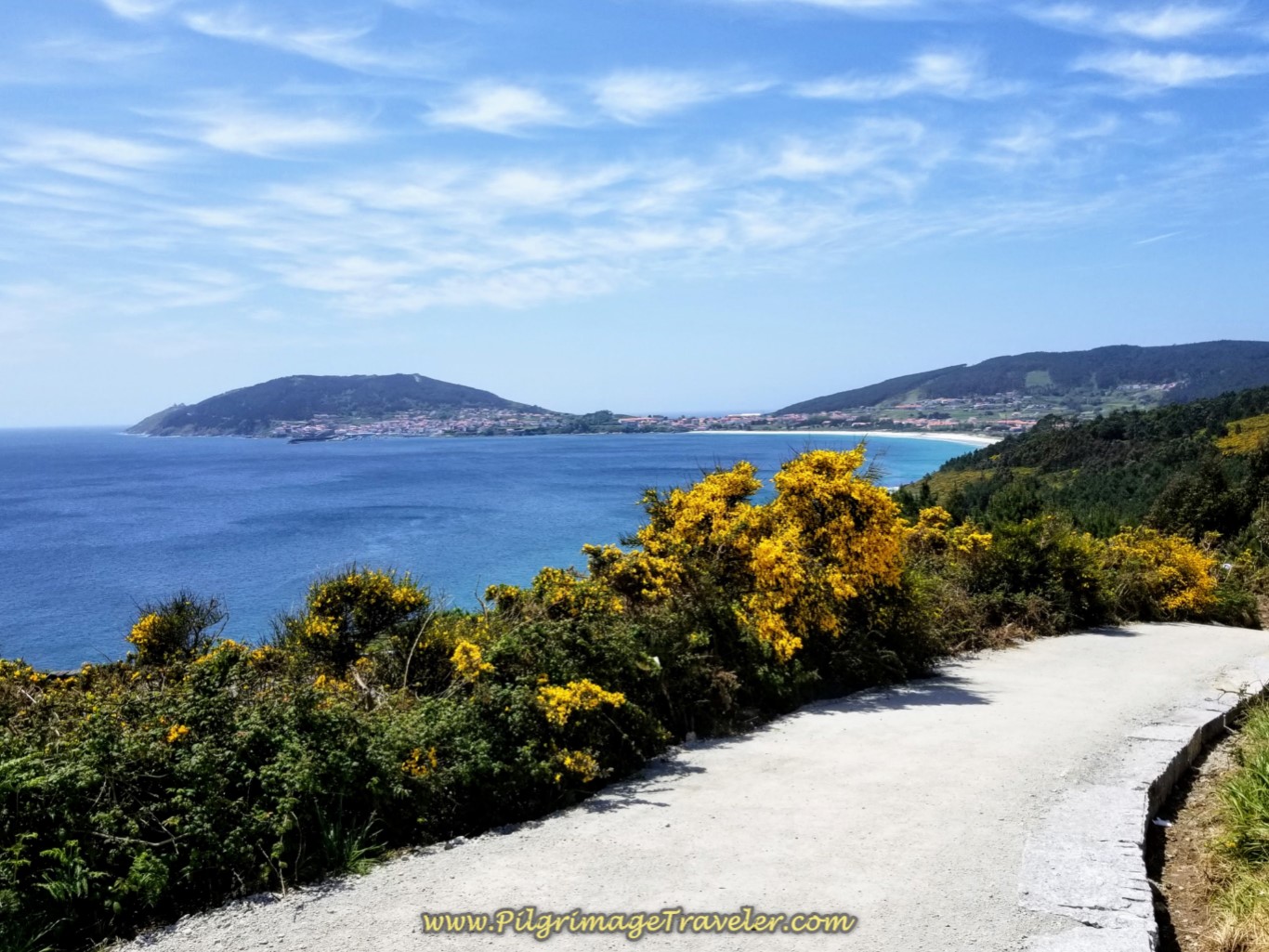
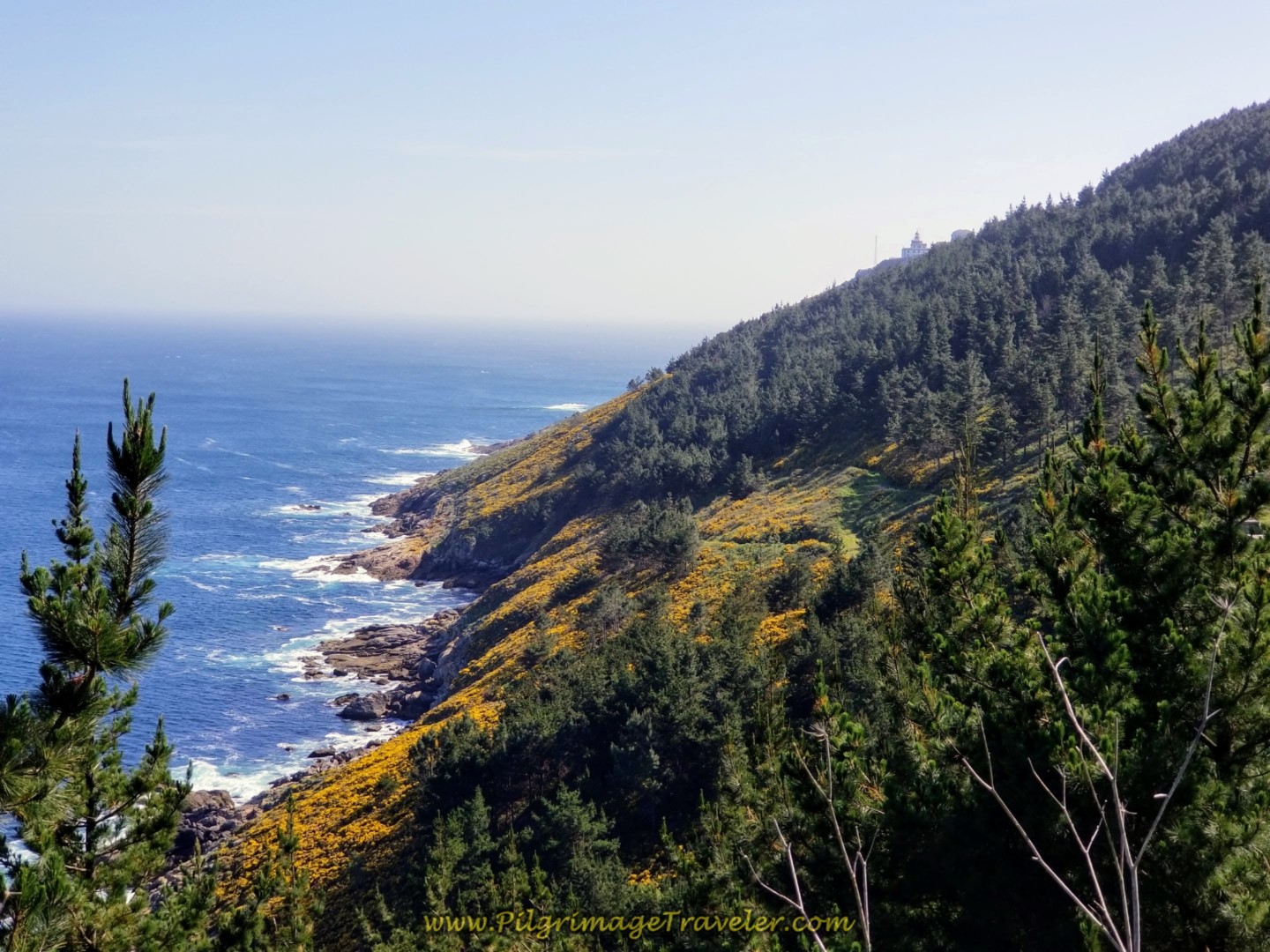
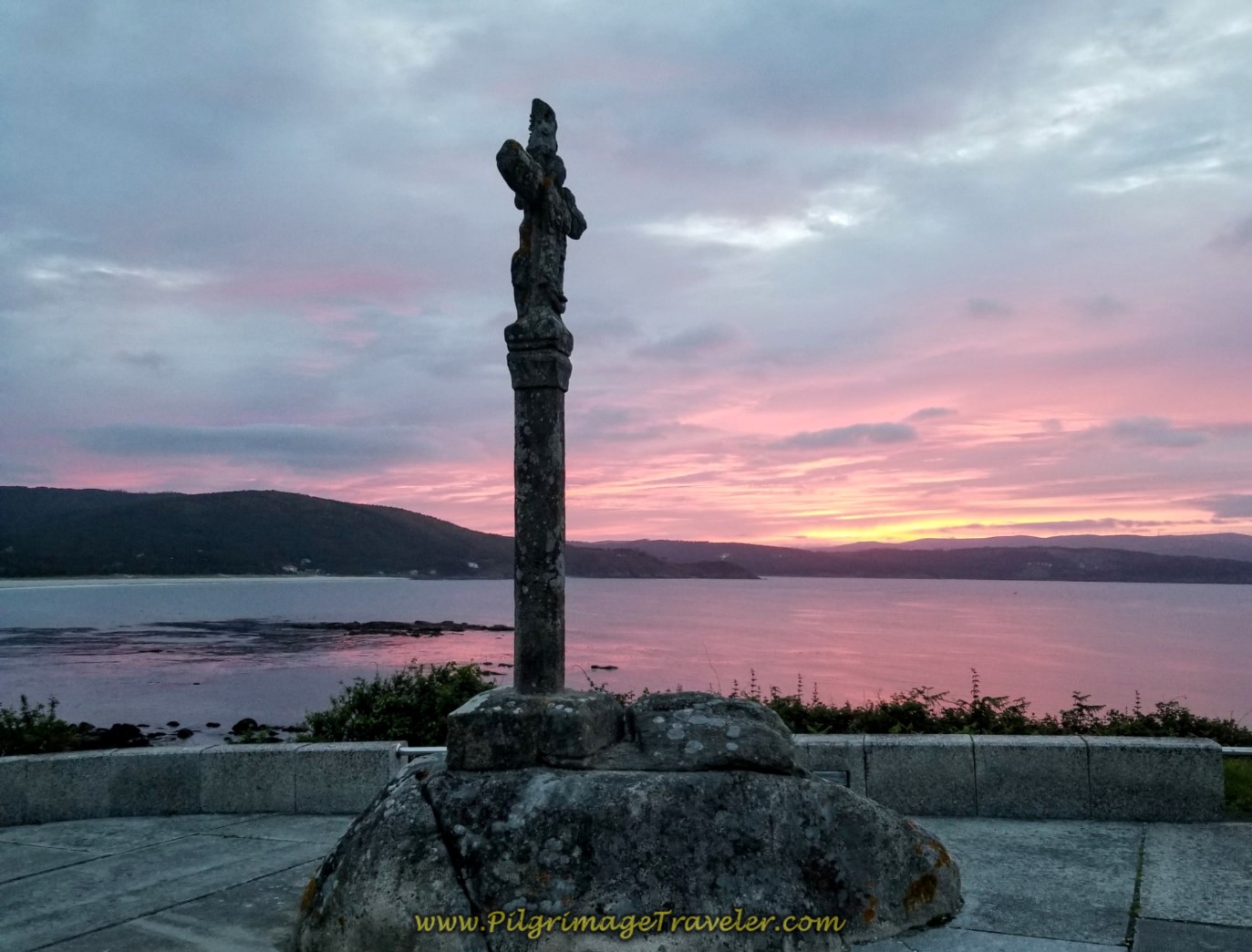
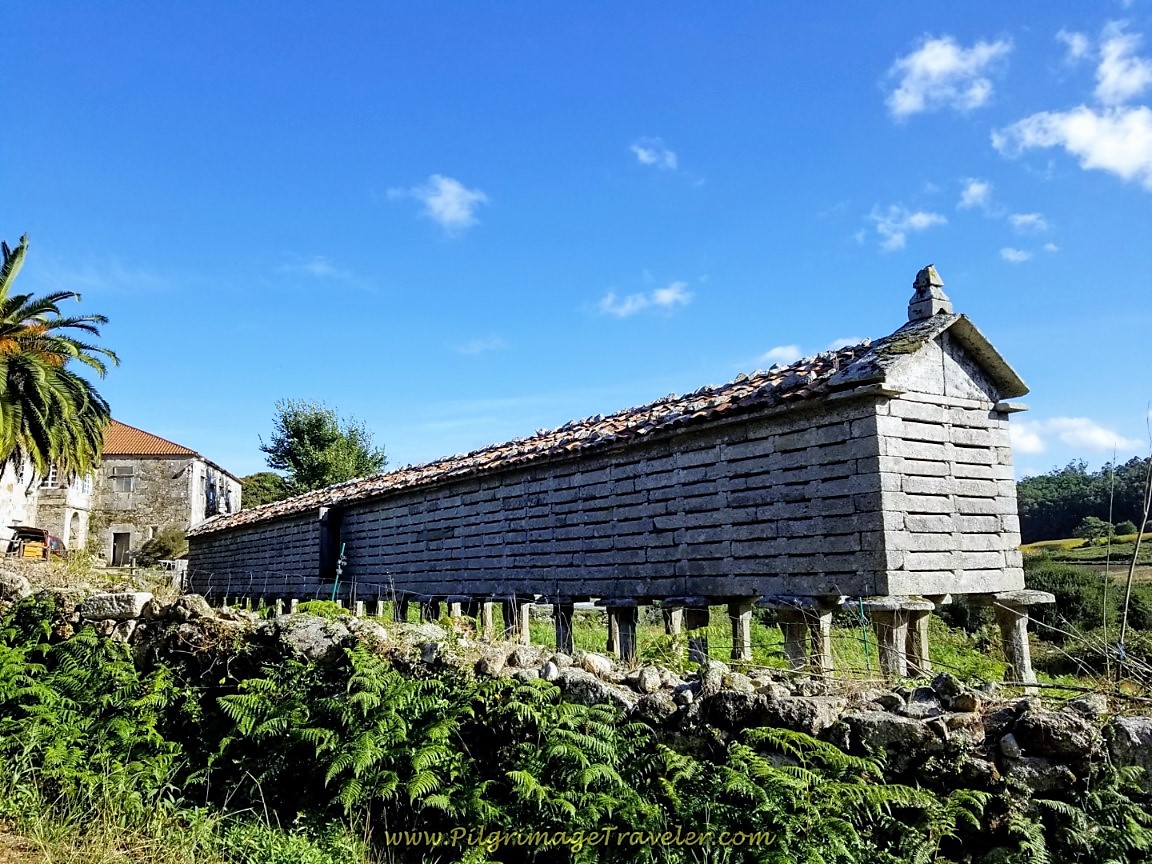
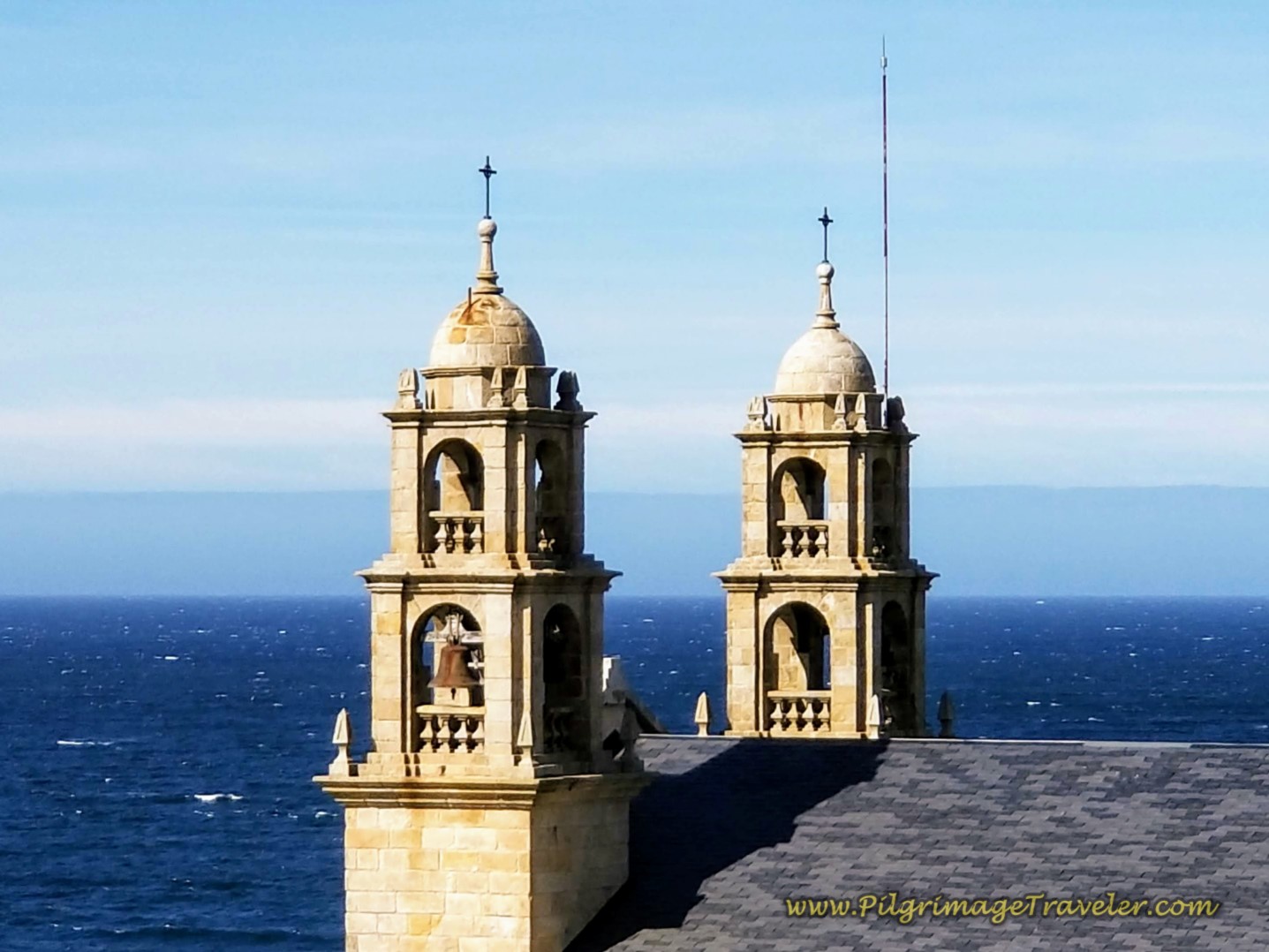
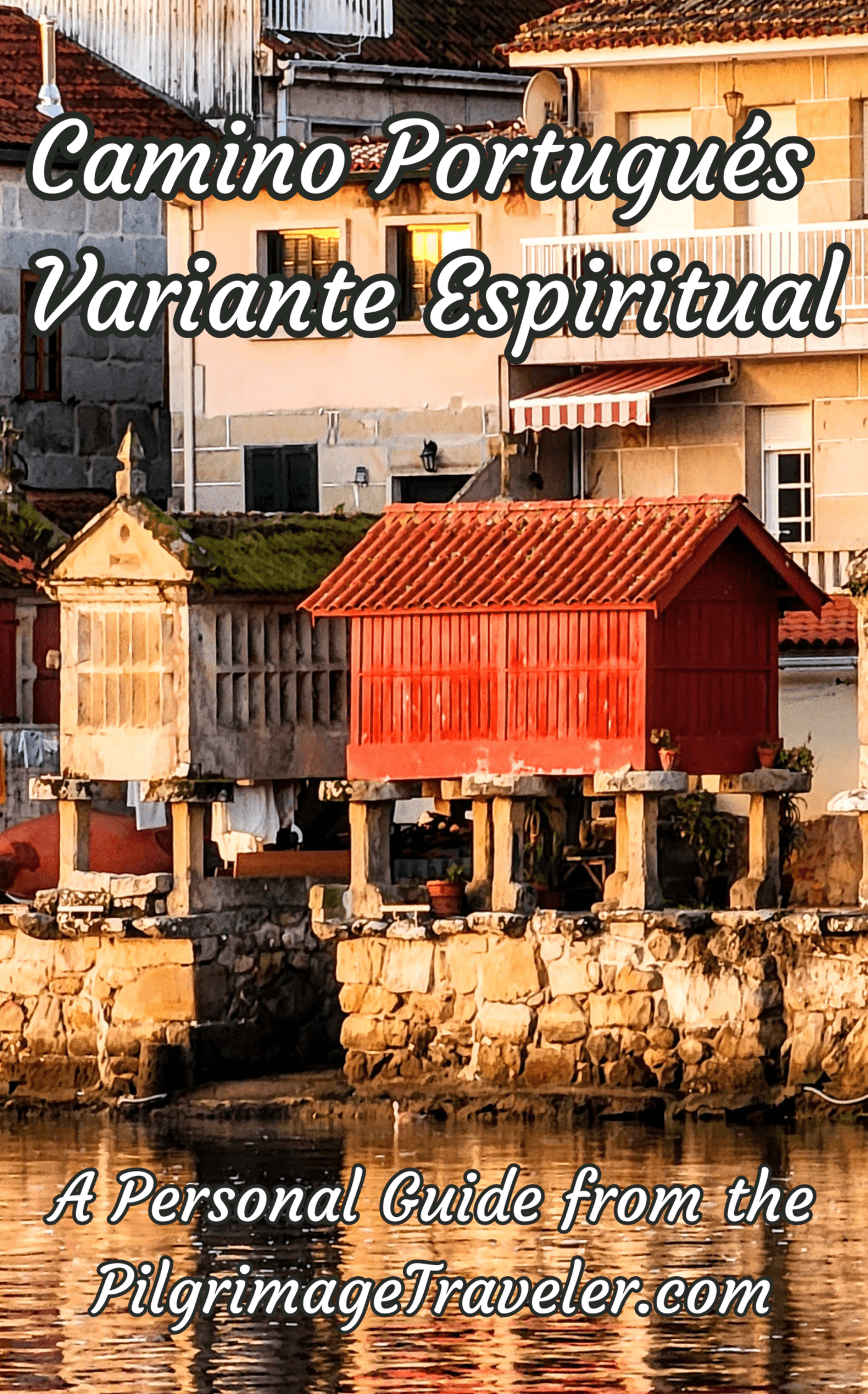
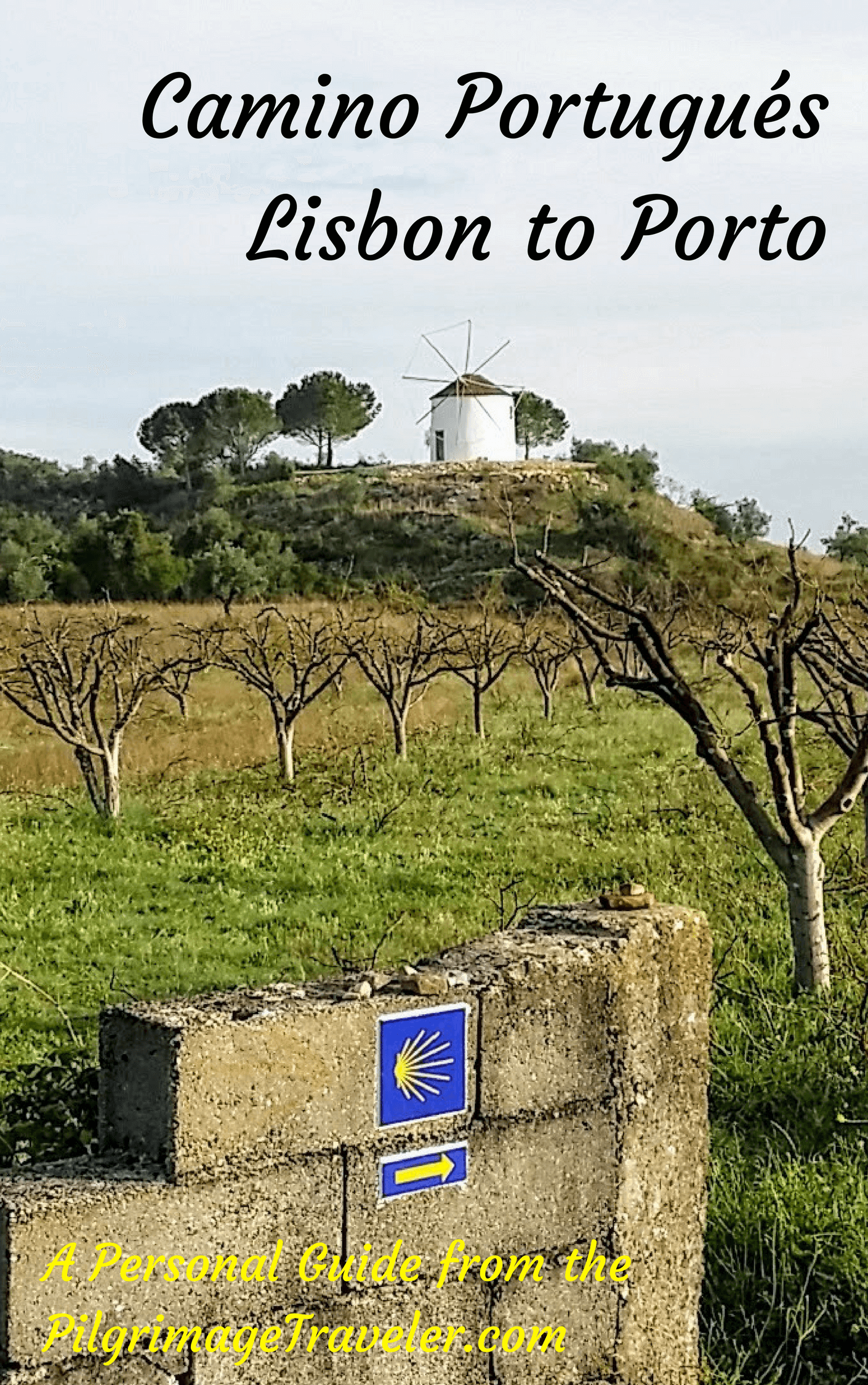
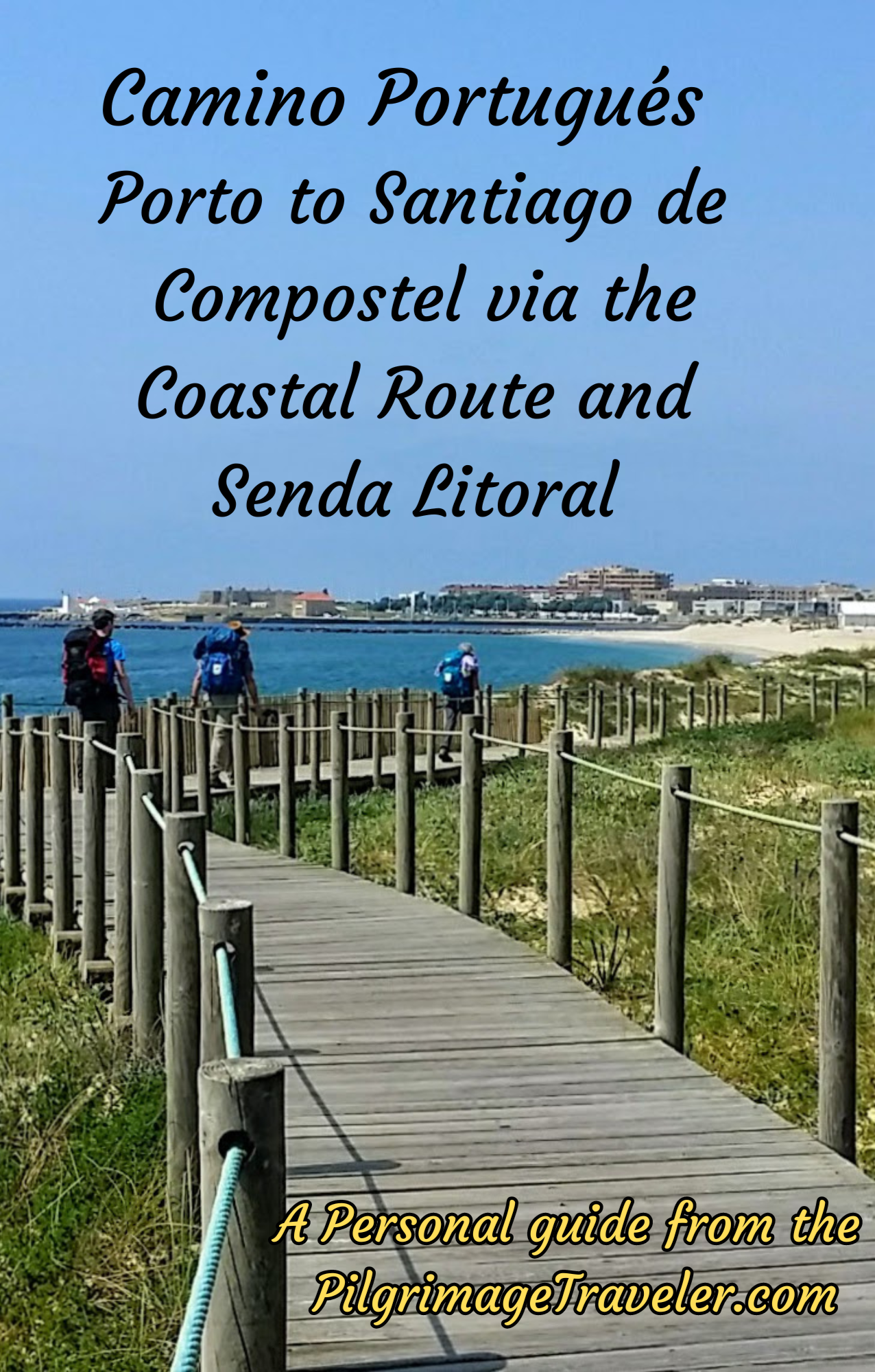
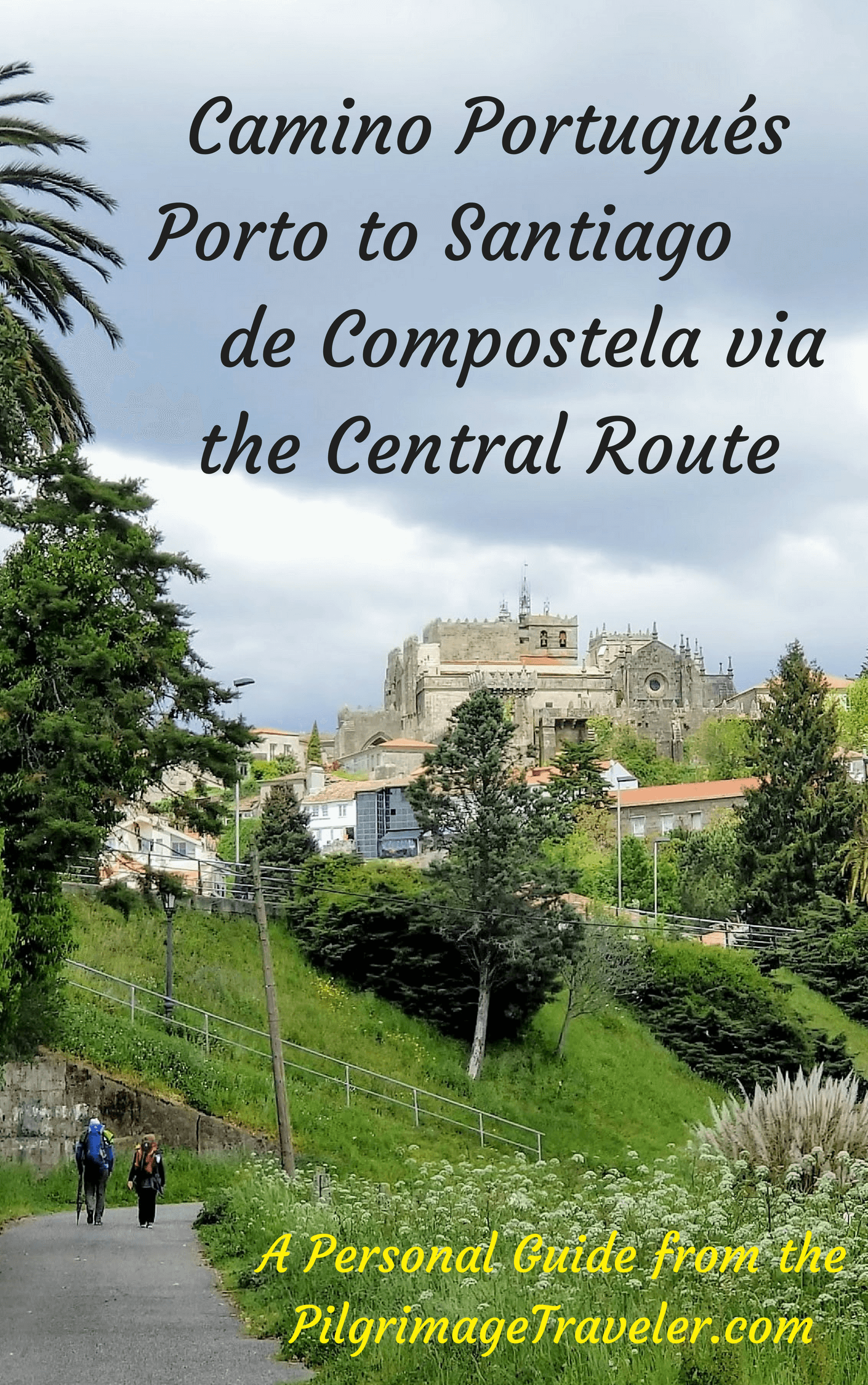
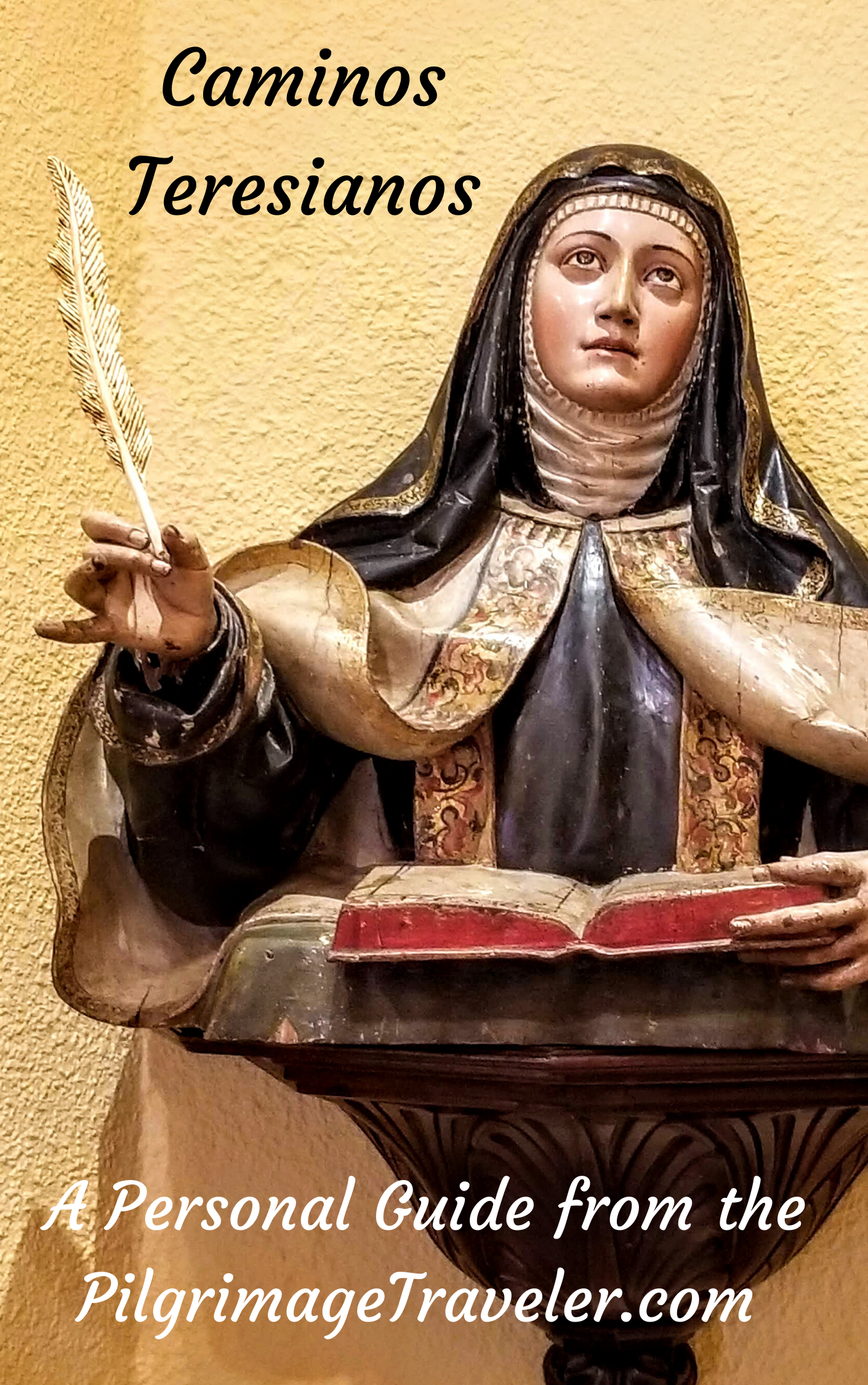
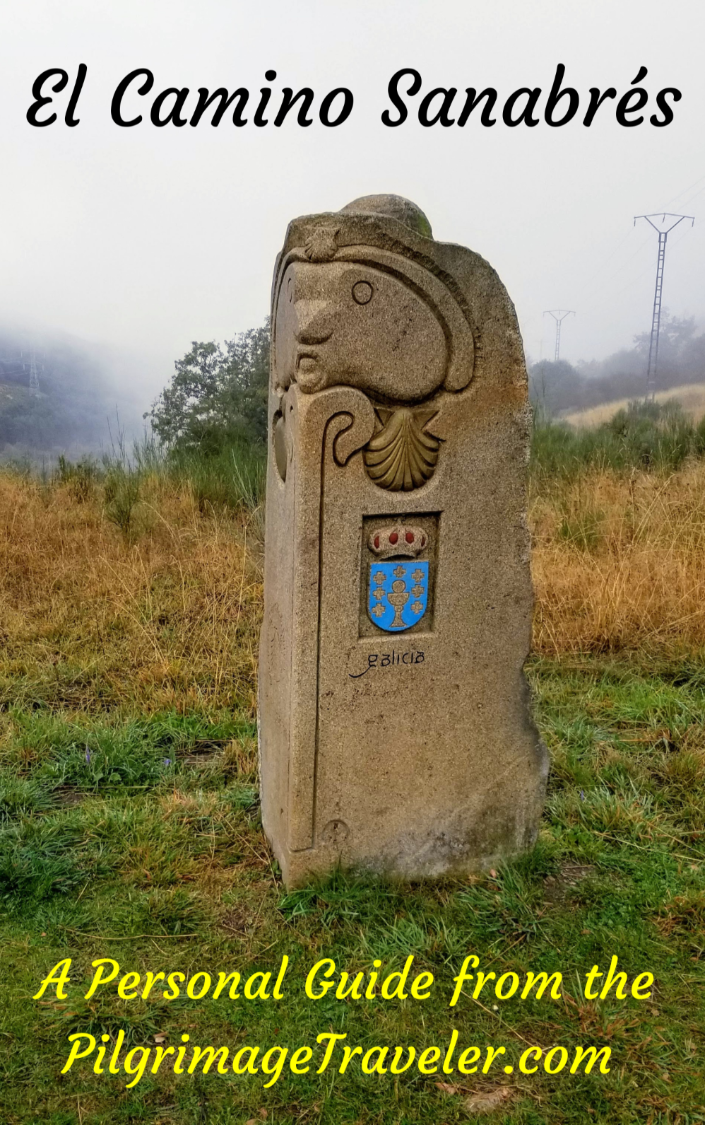
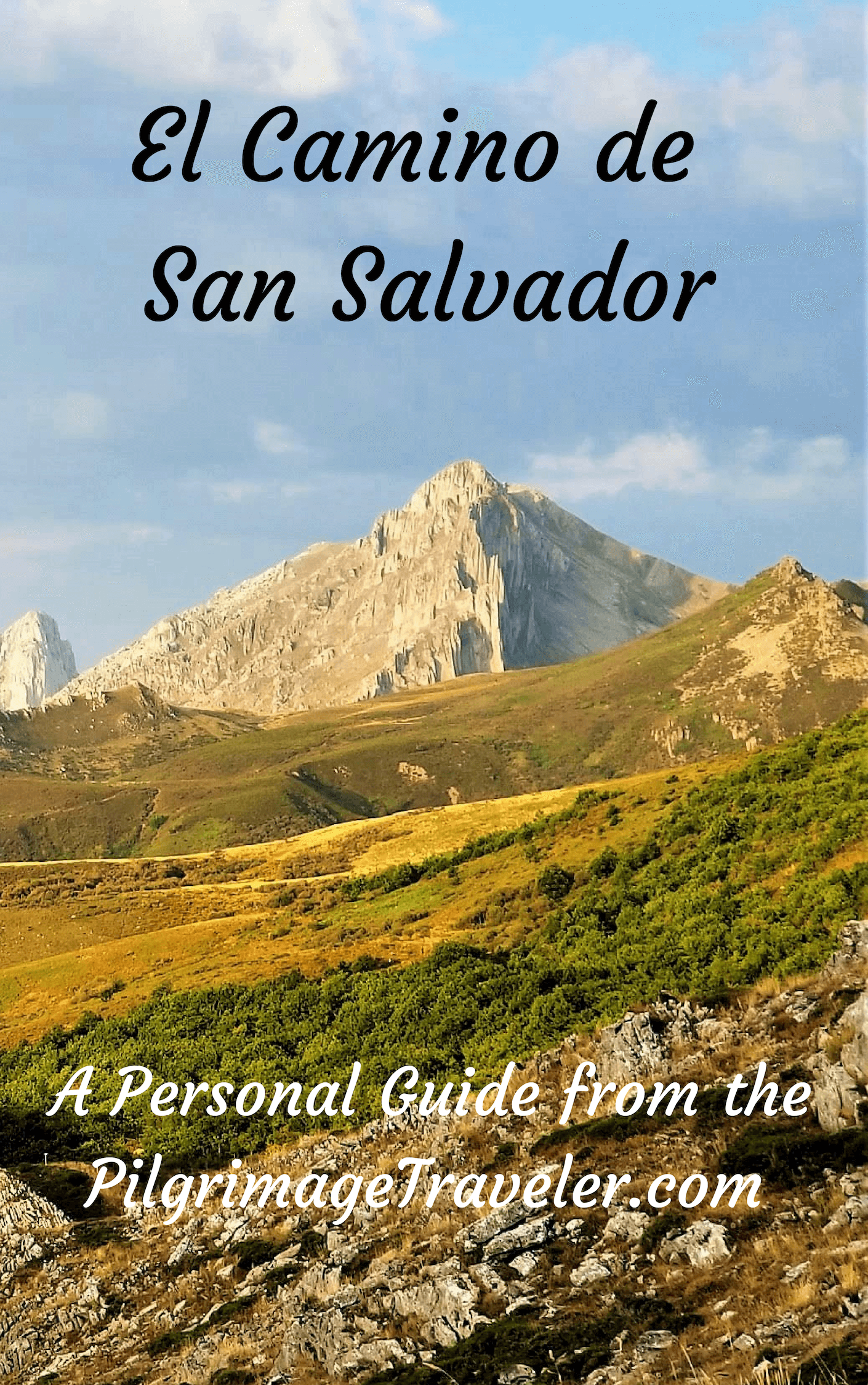
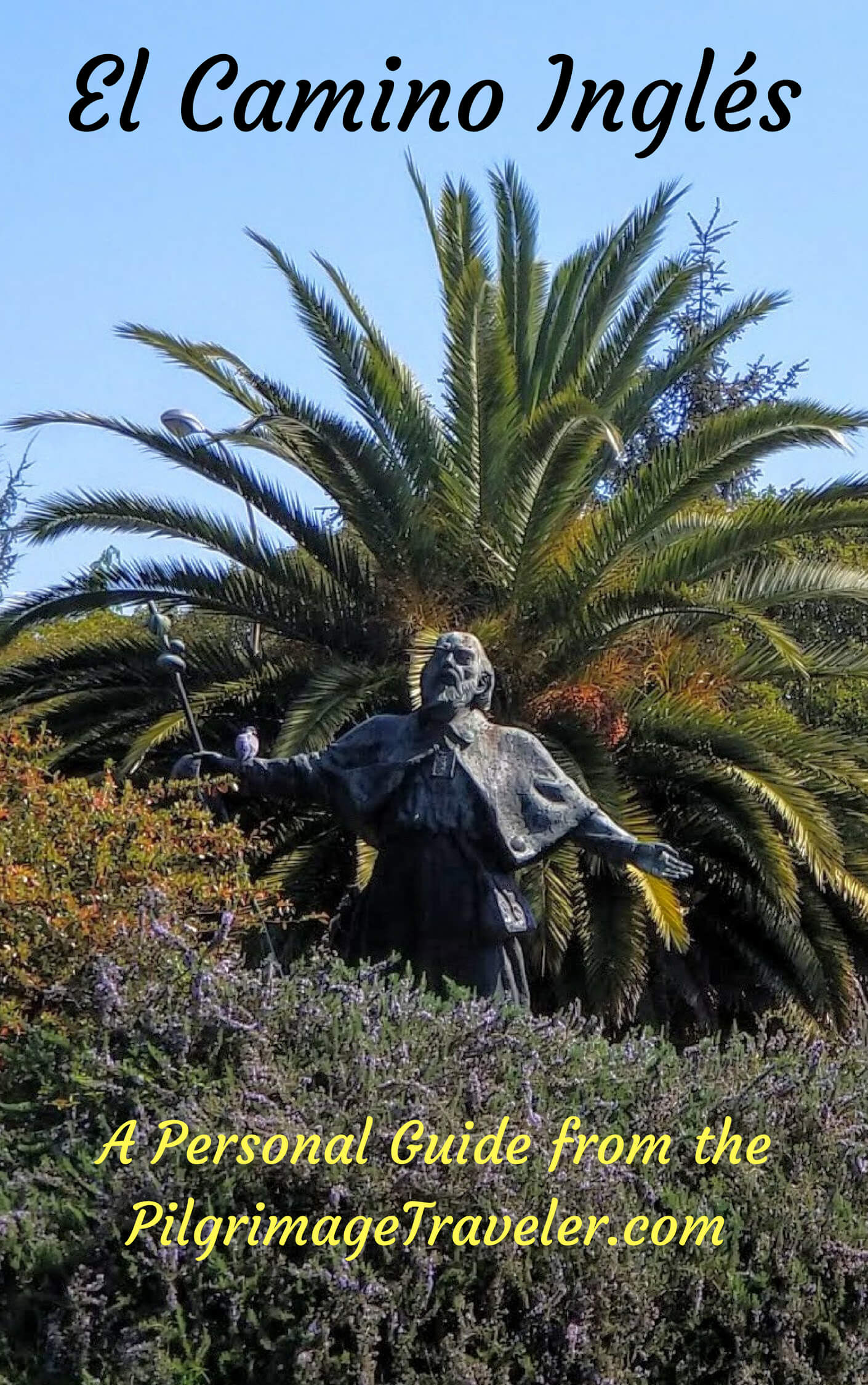
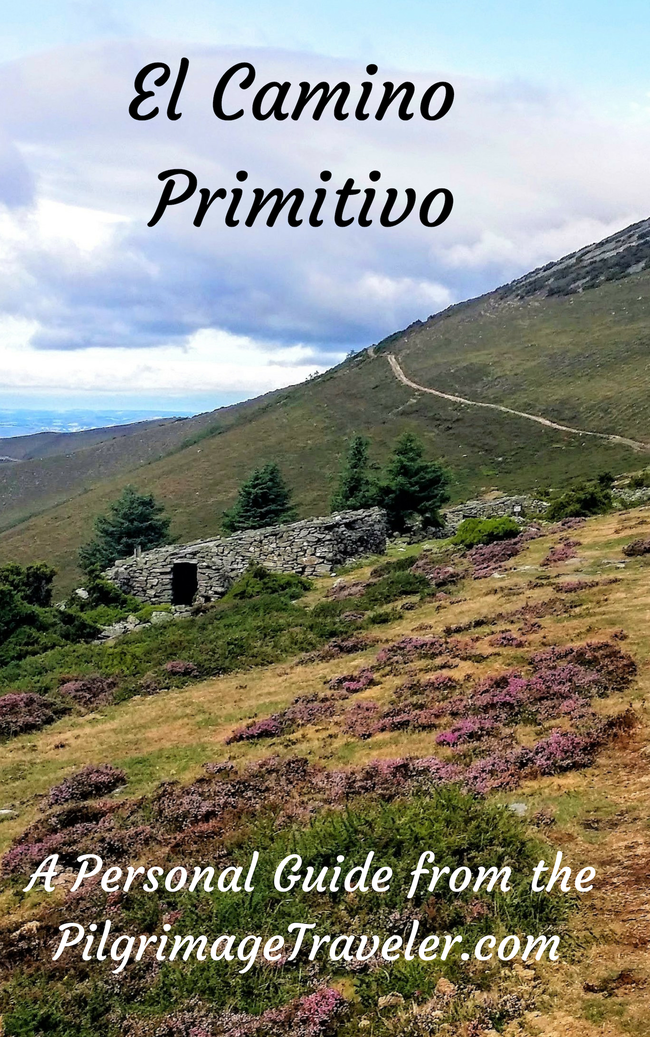
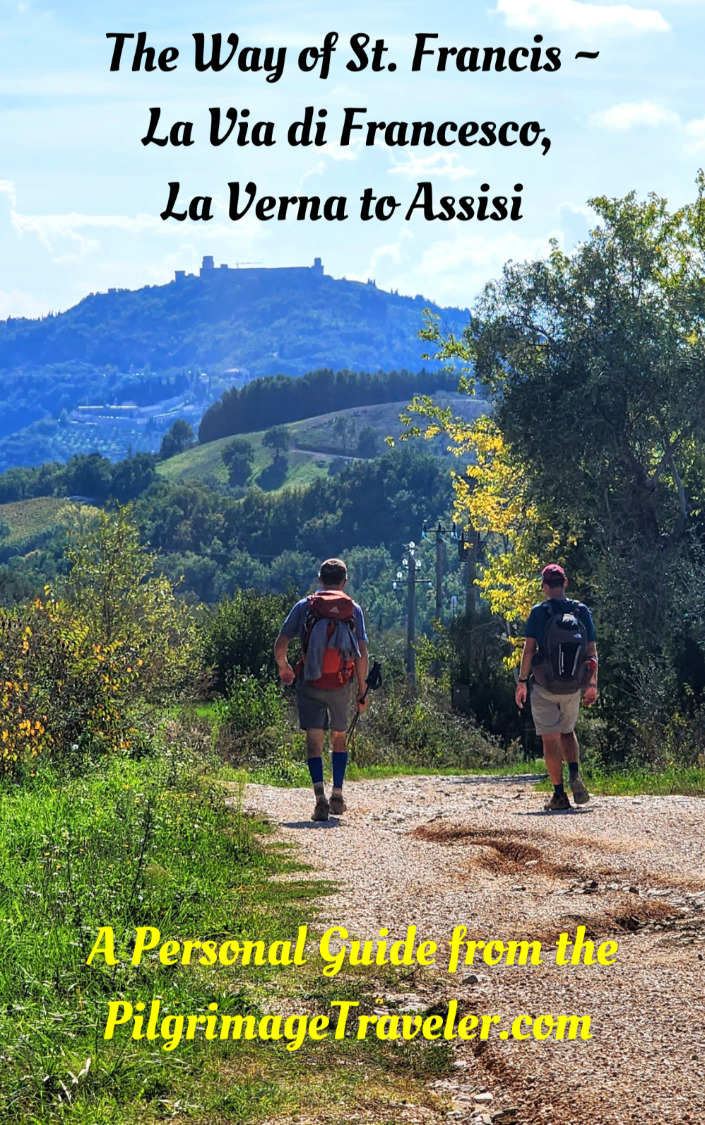
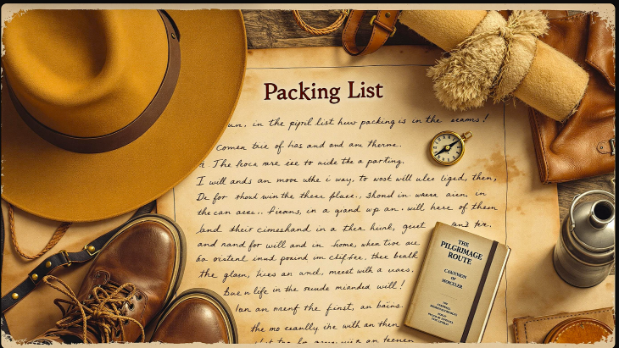
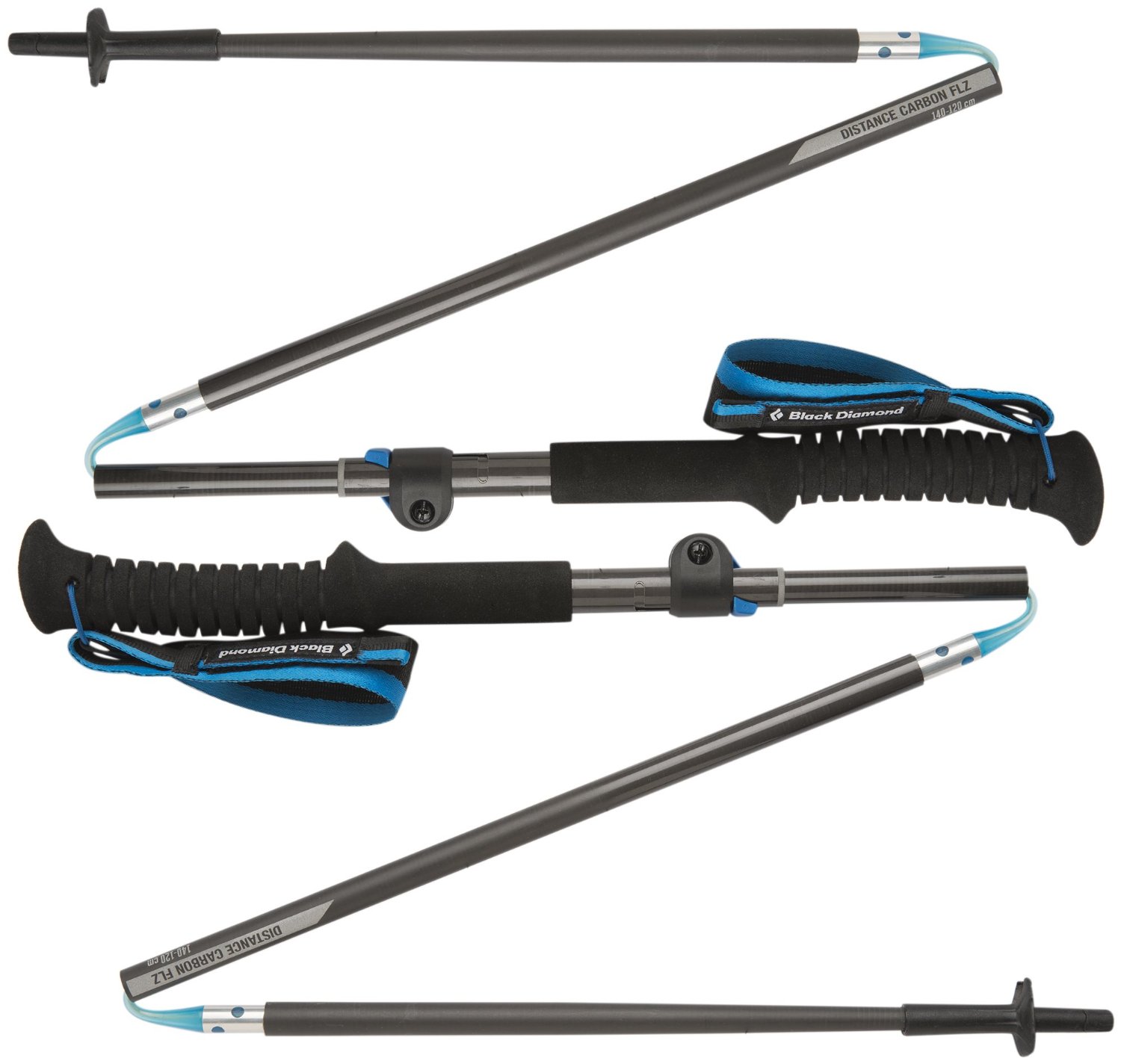
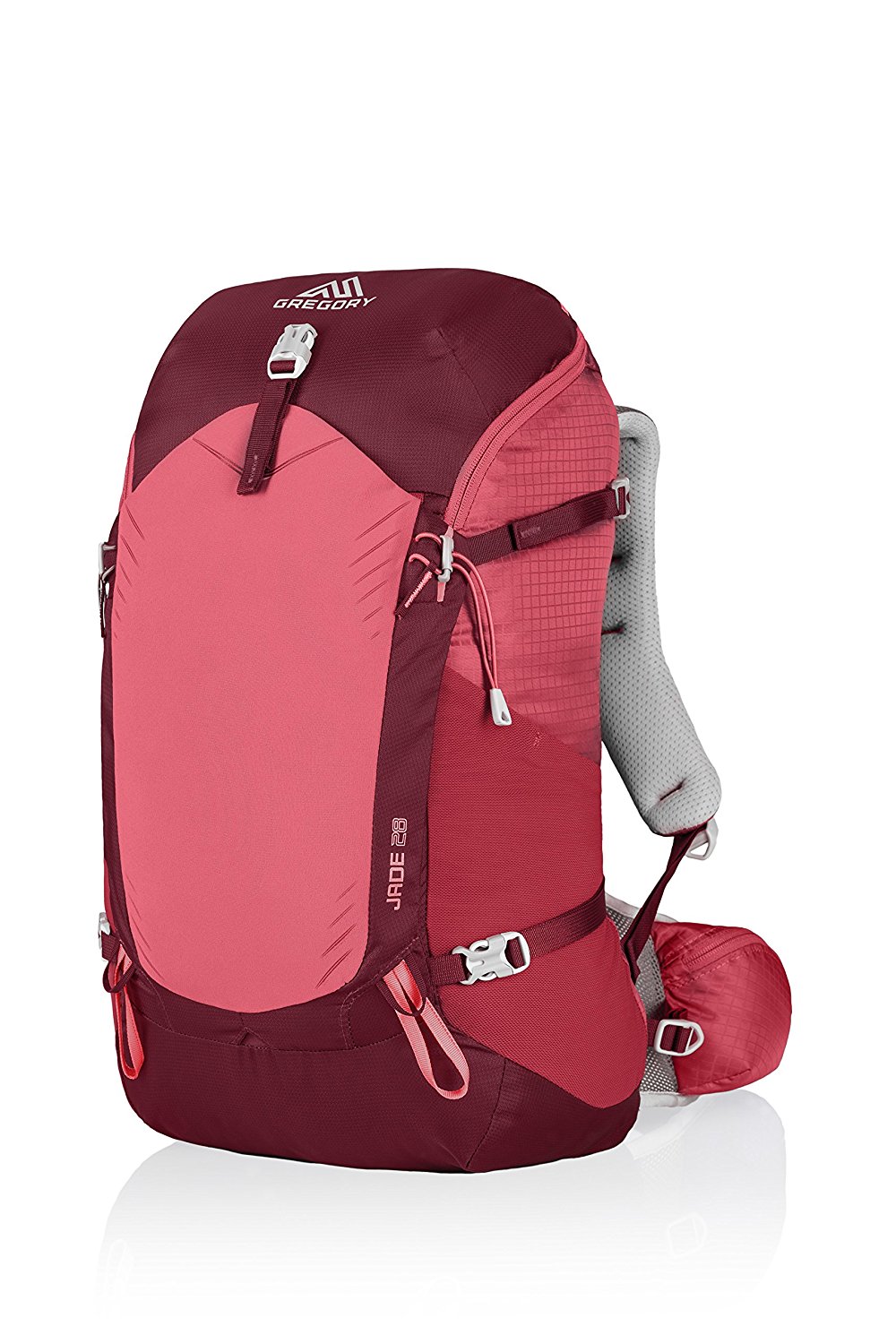
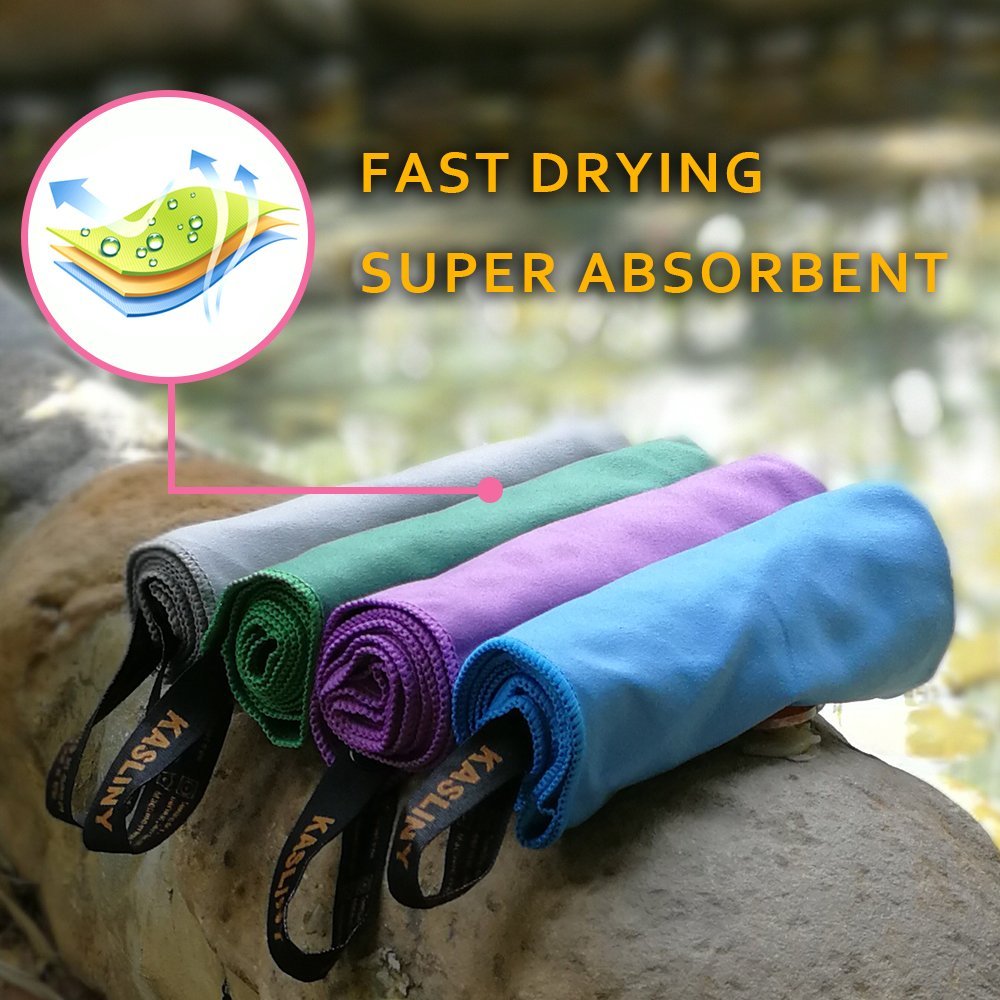
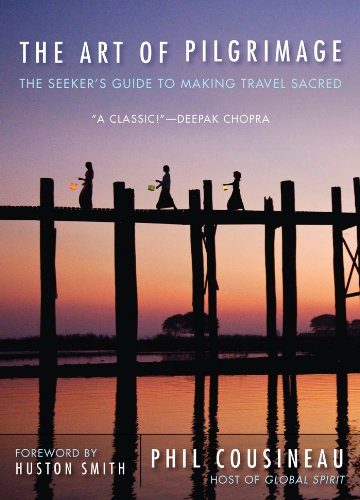


Your Opinion Matters! Comments
Have you had a similar experience, have some advice to give, or have something else you'd like to share? We would love to hear from you! Please leave us a comment in the box below.